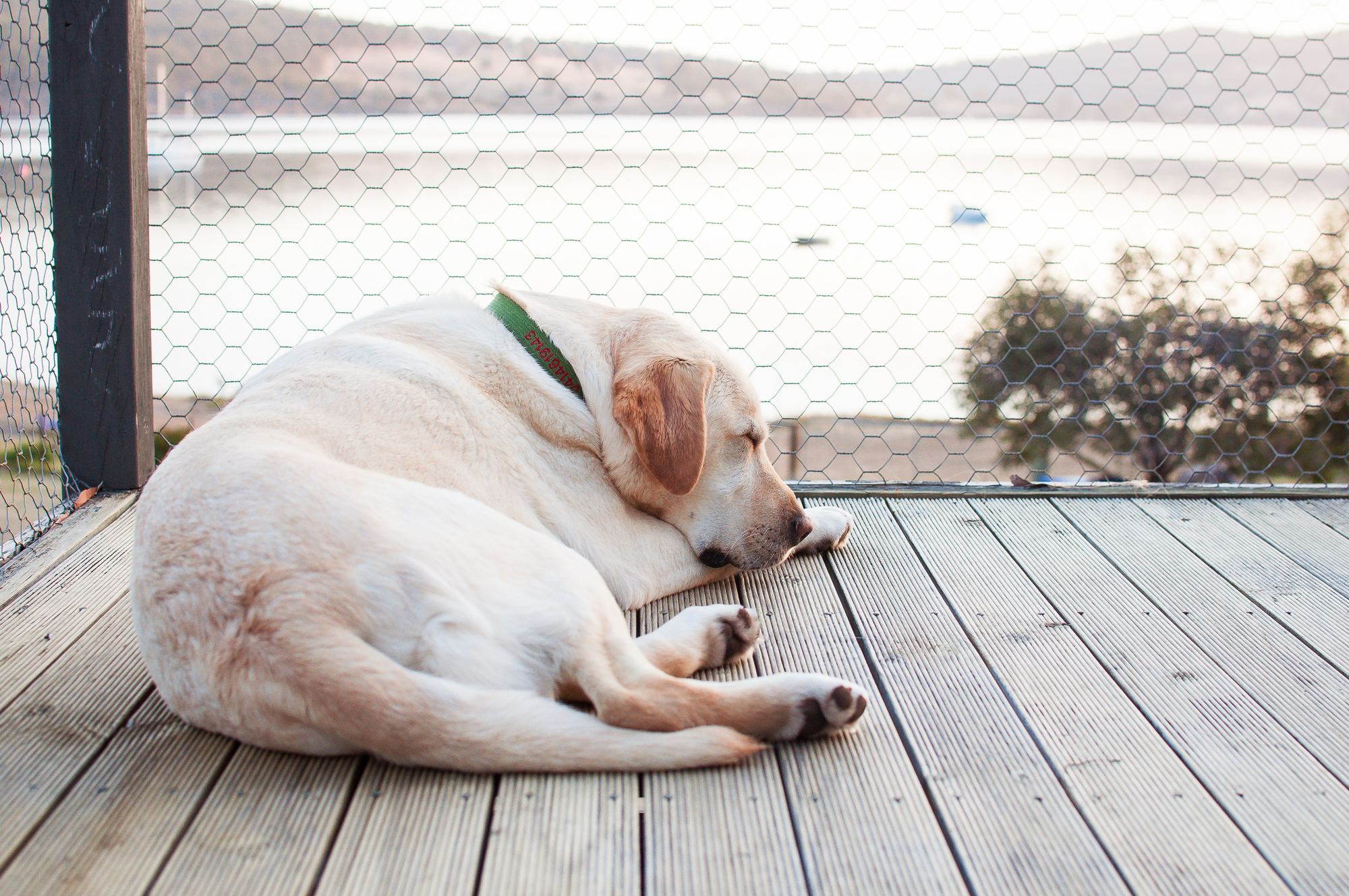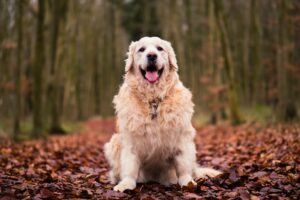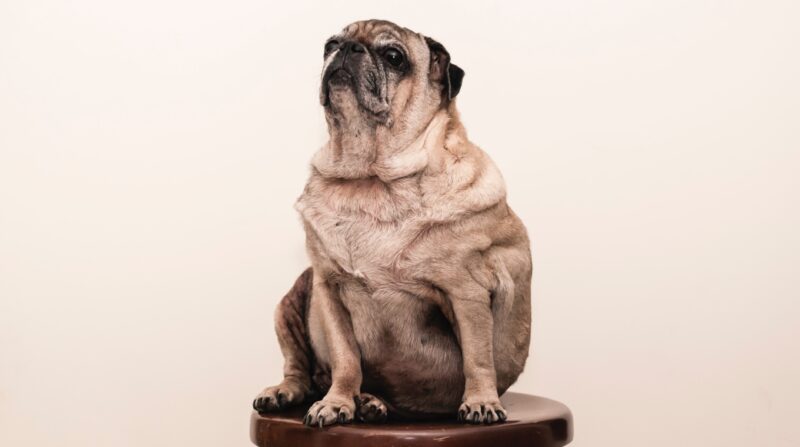Australian dogs aren’t in great shape. In fact, it has been reported that 41% of them are obese. Although that number might be even higher. Many vets believe that most pet parents don’t actually realise if their dog is overweight– particularly with smaller, less active breeds.
Now, there are a lot of factors that can cause weight issues in dogs: diet (obviously), exercise, lifestyle, and breed.
What Counts as “Obese”?
As a general rule, if your dog’s weight is more than 15% over their breed’s average they would be classed as obese. Sorry. But, for some dogs the weight piles on easier than others.
Top 10 Obese Dog Breeds
- Labrador Retrievers
- Beagles
- Bulldogs
- Cocker spaniels
- Rottweilers
- Dachshunds
- Pugs
- Golden retrievers
- German shepherds
- Newfoundlands
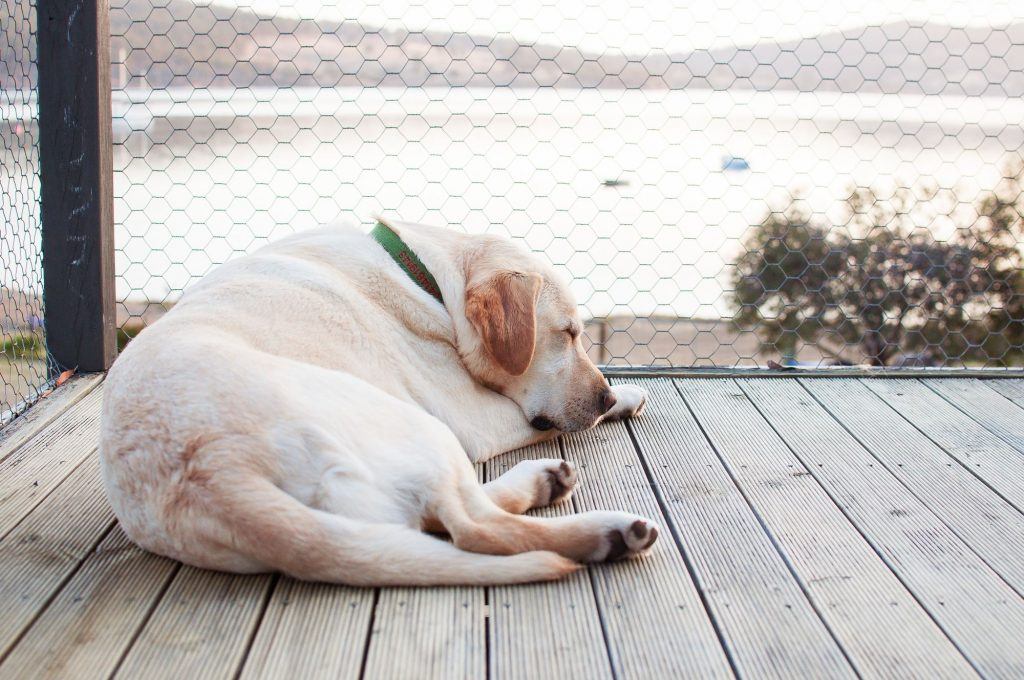
Other Factors That Could Be Causing Weight Issues
Having a dog neutered can make them more prone to obesity. Ageing is also another factor. As dogs get older they become less mobile. If when their mobility decreases but their diet remains the same you run into issues with an unbalanced lifestyle. Many elderly dogs don’t have their portion sizes adjusted as they slow down, so end up eating more calories than their bodies can burn.
If it feels confusing, check out the feed calculator over at Scratch. It takes into account their age, weight, body shape, and activity level to ensure you get the right amount of food for them.
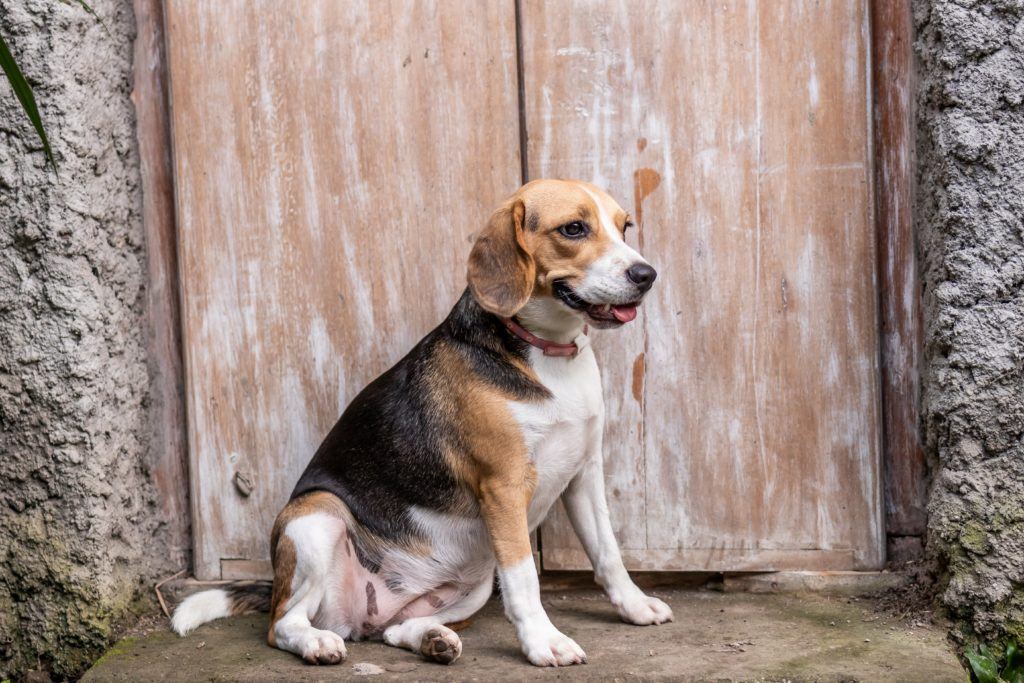
Top 3 Tips for Supporting Obese Dog Breeds
- Get your portion sizes right and prevent overfeeding. Most obese dogs are simply just overfed. Also, feeding labels are confusing which doesn’t help. Also, you’re not doing your dog a favour by overfeeding them. Yes, they love a snack, but ultimately overfeeding can cut years off their lives.
- Avoid too many treats – particularly ones packed full of sugar and carbs as the main ingredients. If your dog loves treats and you love giving them (who can blame you!), make sure you reduce their main food intake to compensate so the treats aren’t extra food on top of a complete diet.
- Regular exercise. This doesn’t require much explanation. Like us, the fat will start to accumulate and put stress on organs and breathing if we don’t keep the body moving.
Learn how to tell if your dog is overweight or read other nutrition posts.

